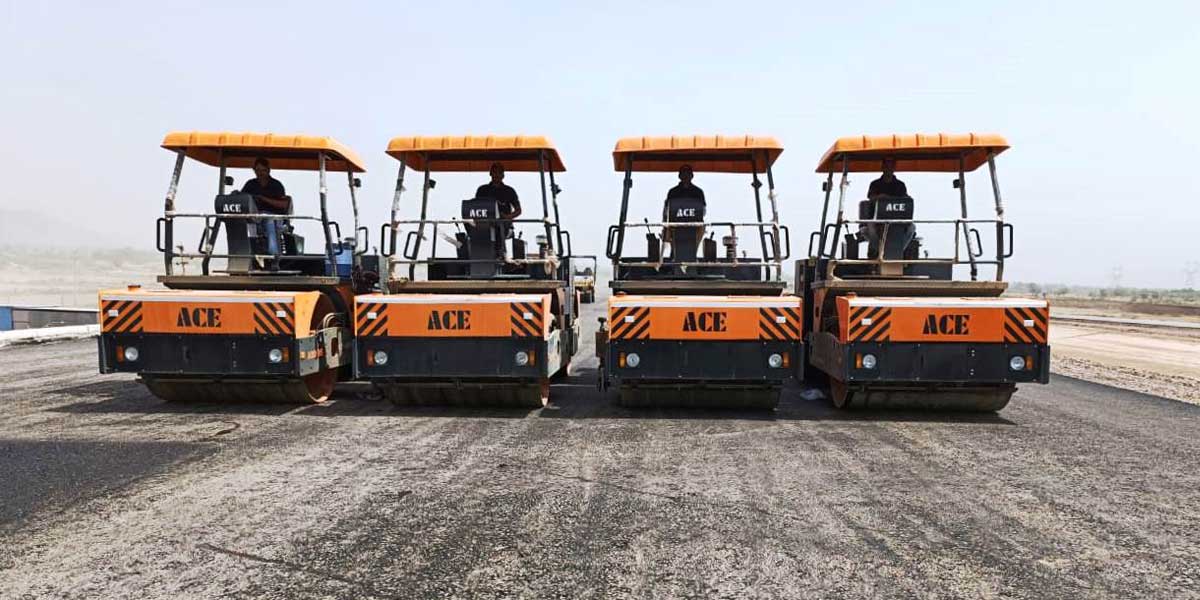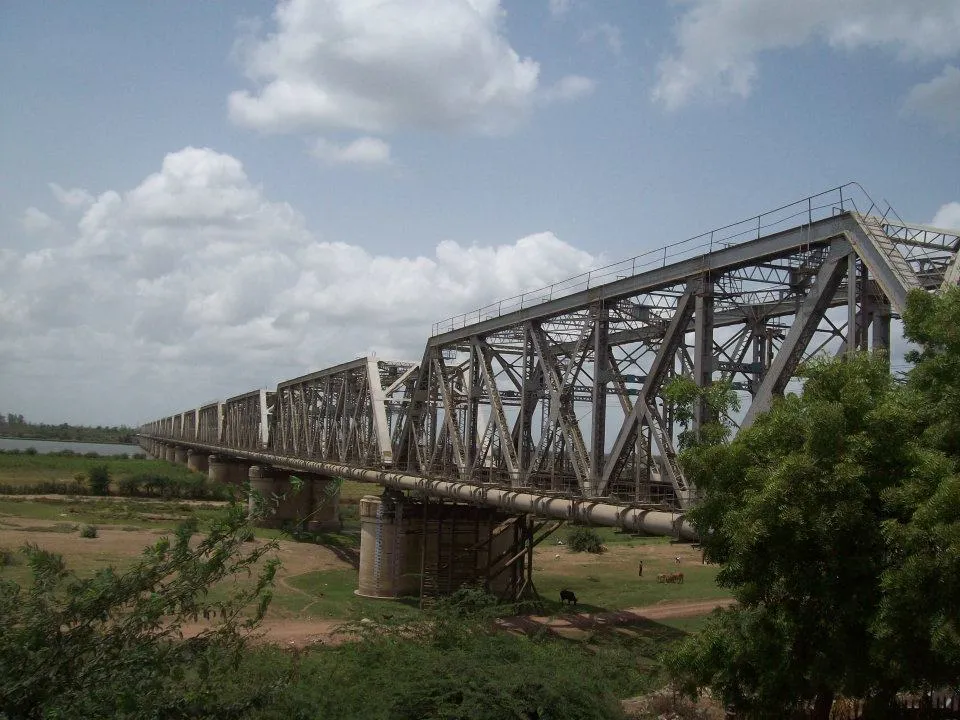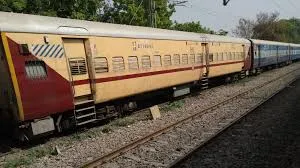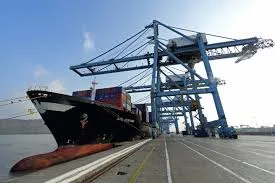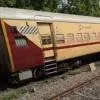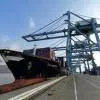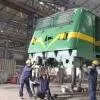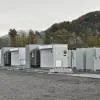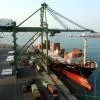CW spoke to a few users of pavers and compactors to identify technological and other attributes that attract them. Here are the top appeals.
Reliability and productivity
On the back of rising input prices and pressure on margins, it comes as no surprise that productivity is a leading go-to.
“We perform in an intensely competitive environment and, therefore, we seek unmatched productivity and complete efficiency in operations so that we can make better roads faster while keeping operating costs low,” says Mahendra Agarwal, Director, GRInfraProjects. “Volvo’s series of compactors and pavers provide reliability, high uptime and productivity values.”
GR InfraProjects’ fleet of over 200 construction equipment for the expressway and National/State Highway projects it implements in the North, East and Northeast includes soil and asphalt compactors and pavers from Volvo CE (also excavators, wheel loaders and motor graders).
“ACE’s tandem rollers are very reliable and productive,” adds SS Giri, Project Incharge, Kamal Builders.
“Nowadays, we’re laying pavements from 40mm to 300mm thickness; the paver should be able to take on this varied thickness in real site conditions,” opines VK Singh, Cluster Head, P&M, Transport Business Unit, L&T ECC. “In controlled conditions, everything is possible. Laying a 250-mm pavement in two parts doubles operational cost as well as time. Also, pavers are supported by plants. Our experience suggests that even if one paver is supported by two plants, productivity only touches 150-160 tonne per hour. The paver should be able to meet that goal. We have set a norm that we should get 12 tonne per litre of the fuel consumed when laying a pavement of 9-m width.”
Made for India, with no dearth of features
“Volvo’s soil and asphalt compactors and pavers are purpose-built for the Indian market while still featuring the latest technology and a robust design,” says Sanjeev Gaur, Director, S&P Infrastructure Developers.
Made in India, and hence affordable
“ACE’s tandem rollers are a 100 per cent India-made product, a value for money proposition like the rest of ACE’s road construction portfolio,” says Giri. “They are equipped with the world’s best aggregates (parts) yet available at a very competitive rate.”
Kamal Builders is using four ACE model ADD 95 tandem rollers for the constructionof the Delhi-Vadodara highway near Bundi in Rajasthan, an NHAI Bharatmalaproject subcontracted to the company by DMIA Lands India.
Self-adjustable sensor system
Pricing also plays a part and so does the sensor system of the paver, adds Singh. “While every company offers both ultrasonic and direct sensors, Dynapac’s sensors need almost no adjustment unlike other brands that need to be adjusted.”
Meeting the needs of road projects
“A paver must be fitted with pre-compaction accessories like a tamper, vibrators and high compaction screed; essentially, all the accessories and fittings needed for the construction of roads and highways as per the NHAI/MOST specifications having provision for new-edge technology for the coming years (five years hence),” says Singh. “NHAI does not pre-specify any certain pre-compaction from the paver; it just states the final compaction expected after the use of the tandem roller. However, if the paver incorporates high compaction technology, compaction passes reduce, resulting in cost savings.”
Quality outcomes JCB
“Finishing is the most important feature for us; we want products that deliver the best outcomes, in this instance, the compaction quality,” says Deepak Dhariwal, Director, Dhariwal Buildtech, a company engaged in four-lane and six-lane National Highway projects. “Quality counts more than cost. JCB’s compactors come with advanced telematics technology, Livelink, which keeps us connected with our machines even when they are working in far-flung areas. JCB’s compactors also have Intellicompaction technology that helps ensure no undulations in the finish of the pavement or site. Compaction meters installed make all the difference. Our experience suggests that JCB compactors are the best.”
Fuel and operational economy
“Fuel economy is another criterion followed by service,” adds Dhariwal. Dhariwal Buildtech’s machine inventory includes approximately 300 pavers, compactors, excavators, tandem rollers and so on. “Our preferred brand for these equipment is JCB; only if a JCB machine isn’t available do we consider an alternative brand.”
“Machine maintenance and fuel consumption are very important factors in the overall project running cost and ACE rollers are very affordable in that aspect as well,” adds Giri.
“Volvo’s series of compactors and pavers provide best-in-class fuel efficiency,” opines Agarwal.
“The tractor towing the paver screed should have a high-performance engine and hydraulics, and consume minimal fuel to minimise the operational cost,” opines Singh.“Some 9-m pavers consume 16-17 litre per hour while Dynapac and others consume 11-12 litre per hour. Ifyou consider that the average paver runs for 1,500 hours per year, the saving from aDynapac paver is very clear.”
Strong aftersales service
“You can deliver pavements of good quality only if the provider supports you with good service,” says Dhariwal. “JCB’s trained manpower and parts support are an advantage.”
“I also consider the promptness of the aftersales services offered by the vendor as well as the geographic spread of that support,” adds Singh. “If you're working 24×7 and the machine breaks down late at night, you need a company that will offer you support at that hour instead of keeping you waiting until the next day to mobilise support. Wirtgen and Dynapac offer 24×7 support with Dynapac leading in this area.”
Ease of assembling/dismantling
The quality, efficiency and reliability of the machine are not negotiable, nor is the ease of assembling and dismantling the machine, adds Singh. “The basic width of a paver is 3m; with the hydraulic extensions this increases to 6m, which is still manageable. Beyond that, the mechanical extensions need to be assembled and dismantled onsite, and that is
a time-consuming task especially because the paver cannot be handled immediately after operations while it is still hot to touch. Also, while disassembling the machine involves lesser technical skill and no alignment, assembly needs very accurate alignment to ensure that the paver as a machine provides an accuracy of 3-4mm. It is helpful if unskilled workers can assemble the machine. In this area, Dynpac offers a very convenient conical fixing arrangement and its shifting arrangement is also such that the chances of the paver getting damaged are minimal.”
Digital features
“Dynapac’s compactors are very good, plus the company offers a lot of digital support for its compactors (Dynalink), which includes the ability to print the daily operational statistics of the machine that some clients are nowadays asking for,” Singh continues. “Some clients are asking for smart compaction systems to remotely monitor the compaction in progress. Data is vital to monitor the performance of site operations and take timely corrective action.”
What paver features should users look for?
Layer thickness and smoothness of the finished surface are two important qualitative aspects of road construction, says Dr Satish Chandra, Professor of Civil Engineering, Indian Institute of Technology Roorkee (Former Director, Central Road Research Institute, New Delhi). “From this perspective, the paver speed, material feed rate and tow point elevation are three parameters a road construction company should look for in a paver.”
He explains further, “As the paver speed increases, the screed angle decreases, which decreases the mat thickness. The material feed rate also controls the mat thickness because the screed angle will increase with the material head, which, in turn, increases the mat thickness. The tow point elevation changes the tractor elevation, and that also increases the mat thickness.”
Select the right compactor
Selecting the proper kind of roller (compactor) for a project will ensure adequate workmanship and the absence of air pockets that could cause the structure to settle, points out Dr Satish Chandra, Professor of Civil Engineering, Indian Institute of Technology Roorkee (Former Director, Central Road Research Institute, New Delhi). “Your choice of compactor will depend on the type of soil, economy and type of the layer.”
“The selection of the compactor/roller is a very customised decision; it is derived from the attributes of the road project,” says Bibhudutta Satpathy, Senior Vice President, MMR & EPC, Markolines Pavement Technologies. Markolines
So, what sort of compactors work best where?
“Fine-grained sand will require a different roller to clay,” says Dr Chandra. “A static or vibrating roller is best to achieve the desired compaction of the layer when laying asphalt mixtures. Rollers are among the most reliable pieces of heavy machinery that can be utilised
on a project because they are excellent at enhancing and mending surfaces. Selecting the best compactor for your project can be made simpler by understanding each’s advantages.”
“For terrain with highly clayey and silty soils, padfoot or sheepsfoot rollers are highly recommended considering the delivery pressure and compaction of the surface without lifting sticky mud or clay off on to the roller drum,” continues Satpathy. “Vibratory rollers with capacity of over 10 mt are ideal for normal soil of density of more than 1.75gm/cc. Vibratory/padfoot or sheepsfoot rollers come in various capacities ranging from 10-20 mt and can be customised for more tonnage. Rollers are designed to yield a pressure ranging from 5-30kg/sq cm or even customised for more pressure.”
“However, the compacted layer thickness should not exceed 250mm as per the codal provisions and to achieve the desired productivity, the rate of compaction should be between 100 to 150 cum per hour,” cautions Satpathy. “Rollers are being used to achieve the desired density in the sub-base and base course in highway construction. Compactors are typically deployed on locations where the space is confined and the roller cannot work.”
What paver and compactor features ensure the highest productivity?
From the angle of productivity, the most critical feature of theasphalt paver is the self-levelling screed unit because it determinesthe profile of the hot-mix asphalt being placed, according to DrSatish Chandra, Professor of Civil Engineering, Indian Institute of Technology Roorkee (Former Director, Central Road Research Institute,New Delhi). “The screed helps control the amount of material extruded onto the base course and flattens it on the ground. It also assists inoffering a level surface for compaction regardless of the condition ofthe base course.”
“In compactors, you look for fewer numbers of passes and frequencysettings so that the hot-mix asphalt can be compacted in the shortestpossible time with reliability and fuelefficiency,” explains Dr Chandra. Among the controllable factors that impact the productivity
of the compactor, he counts the operator’s skill, workmanship, maintenance of the compactor, its working efficiency, the life of theequipment and control of the equipment. Uncontrollable factors includethe types of soil, climatic conditions, effect of altitude onthe performance of the engine and the condition of the haul roads.
Checklist for a paver
“Make sure your paver meets certain specifications,” urges VK Singh, Cluster Head, P&M,Transport Business Unit, L&T ECC.
According to him, the machine should:
Meet the specifications needed for road construction
Be a latest model with improved features
Be reliable, efficient and a high performer
Ensure superior riding quality
Be backed by strong aftersales support
Be fuel-efficient
Ensure the least possible operations and maintenance cost
Be easy to assemble and dismantle
Have accessories that are easy to align when assembling the screed
Have better tractive effort
Have provision for digital connectivity to enable the printing of its working details
Meet Environment, Safety and Governance (ESG) norms
Have superior sensors
Have the minimal landed price.
